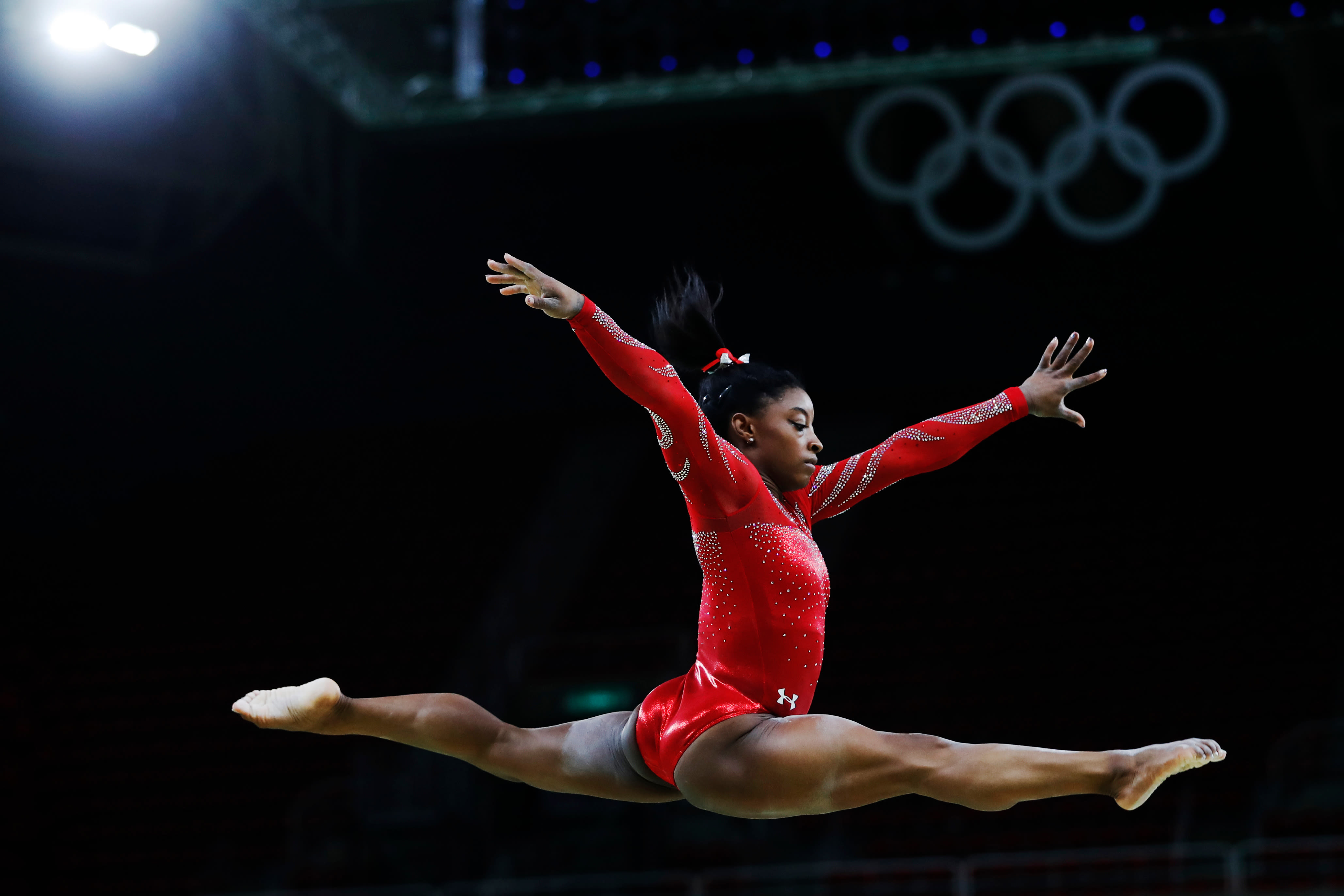How Houston Helped Shape the Legend of Muhammad Ali

On an afternoon in April 1967, Muhammad Ali stood silent inside Houston’s old post office building. His name was called once, twice, three times—and still, he didn’t move. Cameras flashed. Soldiers shifted. The heavyweight champion of the world, a man who had conquered the ring, was refusing the draft.
It was in Houston—not his hometown in Louisville, Kentucky, nor the crowded rooms of New York—where Ali’s most defining battles took place. Some were fought under Astrodome lights; others unfolded in hushed courtrooms Downtown. Together, they turned the city into a proving ground for the Greatest. Here are some of the milestones that cemented Ali’s legacy:
The making of a champion
Before being deemed “The Greatest” boxer in history, there was Cassius Clay—a fiery 12-year-old from Louisville who later went on to win a gold medal at the 1960 Olympic Games. Following his Olympic victory, the burgeoning boxer partnered with the Louisville Sponsoring Group, which guided the young boxer, helping him enter his first heavyweight title fight. Four years later, Ali, then an underdog, successfully challenged and defeated the “unbeatable” professional boxer, Sonny Liston, earning his first World Heavyweight title in 1964.
Days later, the new champ announced another significant milestone: his conversion to Islam and his new name.
The Astrodome era
Ali continued fighting, winning every heavyweight boxing title. But he still sought a wider audience and bigger paychecks on a world stage. Houston would provide him with the stage. While training for his fight with boxer Cleveland “Big Cat” Williams, Ali established residency in Houston, perhaps sensing that Texas might be more lenient than the Kentucky draft board when it came to his legal arguments for challenging the military draft order.
On November 14, 1966, Ali defended his heavyweight title against Williams in the brand-new, desegregated Astrodome, winning by technical knockout (TKO) after the referee stopped the fight in the third round. Despite his controversial anti-draft comments, Ali still drew a huge crowd. The 35,615 in attendance set a new record for an indoor boxing match, and, ever the showman, the champ debuted a new fanciful footwork move he dubbed the “Ali Shuffle.” It was there that the iconic photograph of a defeated Williams lying face-up, limbs splayed, was taken by photographer Neil Leifer directly above the ring, and eventually suspended from the Astrodome's ceiling.
“What’s my name?”
Though Ali had taken on an entirely new moniker following his 1964 conversion to Islam, much of white America, journalists, and his opponents took time accepting the rebrand. Despite the name change, many journalists continued to refer to him by his birth name, Cassius Clay. On February 6, 1967, before a record audience of 37,212, heavy title challenger Ernie Terrell attempted to provoke Ali with trash talk, hurling his discarded childhood name at him as if it were an insult. Ali ultimately pummeled Terrell in a unanimous 15-round decision, adding the now-immortal response: “What’s my name?”
The arrest on San Jacinto
Shortly after his fight with Terrell, Houston again became a stage—this time for one of the most consequential acts of conscience in American sports. For months, Ali had challenged the draft, citing it as a violation of his religious freedoms and moral beliefs, and on April 28, 1967, Ali reported to the Houston Entrance Military Processing Center on San Jacinto Street. Three times, Ali refused to step forward when his name was called. An officer warned him that he was committing a felony punishable by up to five years in prison and a fine of $10,000, but Ali still refused to budge. Moments later, Ali was arrested.
The news of his arrest sent shockwaves through the boxing world and cost the athlete his entire career. The New York State Athletic Commission suspended his boxing license and stripped him of his championship title, and other boxing commissions soon followed suit. For over three years, an Ali in his prime couldn’t box anywhere in the country.
A return to the ring
His sentencing and convictions took place in Houston courtrooms. When Ali was stripped of his titles, Joe Frazier quickly moved up the boxing ranks. In March of 1971, with potential jail time looming due to his convictions and the public’s growing disdain for war, Ali agreed to fight Frazier, who had ascended to heavyweight champion during Ali’s exile. On March 8, Frazier beat Ali by unanimous decision.
That June, the US Supreme Court unanimously reversed Ali’s draft-dodging conviction, allowing Ali to officially resume his boxing career. Weeks later, Ali was back in the ring in Houston’s Astrodome. He fought Jimmy Ellis, winning by TKO in the 12th round, and months later, he defeated Buster Mathis by unanimous decision—both in the Dome. His route to reclaiming the heavyweight title from Joe Frazier lay before him. On January 28, 1974, the pair faced off once again, with Ali regaining his championship title.
Rumble in the Jungle—and a Houston rival
Ultimately, the Astrodome wasn’t big enough for Ali’s most dramatic comeback against Houston’s own George Foreman, a powerhouse heavyweight boxer from the Fifth Ward, now known by most as the genial TV pitchman and motivational speaker.
On October 30, 1974, in the Democratic Republic of Congo, the two faced off in what became known as the heavily promoted “Rumble in the Jungle.” Ali reclaimed his title by knockout, employing the now-famous “rope-a-dope” strategy that wore down Foreman and electrified the world.
Lights, Camera, Legacy
In 1977, Ali returned to Houston—not to fight, but to film. His semi-autobiographical movie The Greatest was shot throughout the city: at the Houston Zoo, the University of St. Thomas, and the same post office steps where he’d once stood in silence and been arrested years earlier. That Downtown landmark remains a military entrance processing station to this day. Would it be asking too much to rename it in honor of the honorary Houstonian?




